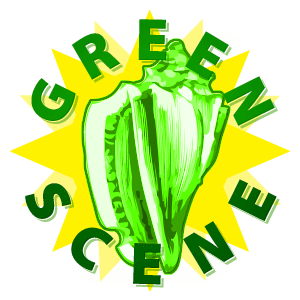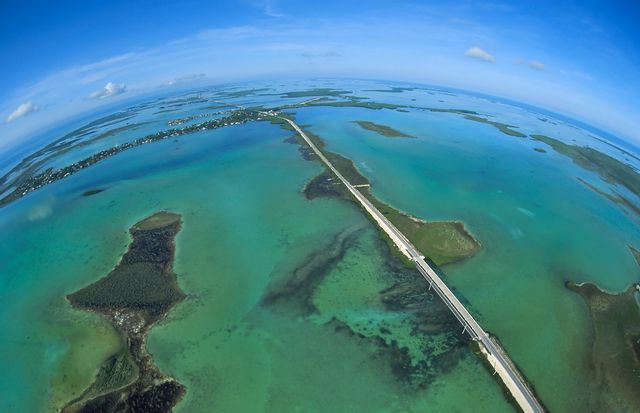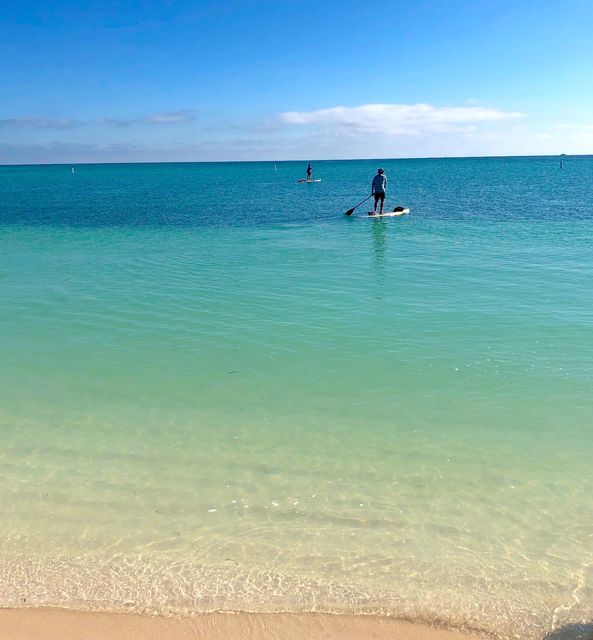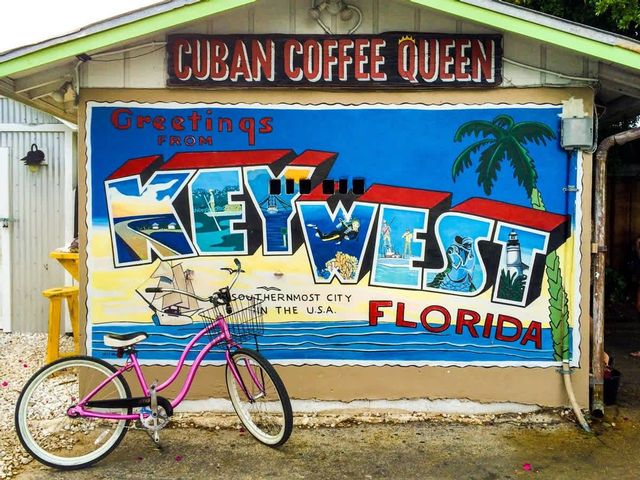Reconnect with Simple Pleasures in the Keys
There are seemingly endless ways to reconnect with nature, family and friends — and your own best self — throughout the Florida Keys. Simple “unplugged” activities found only in the island chain can help make your vacation meaningful and memorable.
Miles of wide-open spaces, warm fragrant breezes and vibrantly colorful scenery invite vacationers to spend most of their time outdoors. Simple pleasures abound throughout the 125-mile-long island chain, an outdoor playground for all ages.
The Keys’ most protected, scenic, secluded and well-kept beaches — with warm shallow-water swimming in aquamarine-hued waters — can be discovered within the region’s 10 state parks. They include Key Largo’s John Pennekamp Coral Reef State Park, the first undersea park in the United States; the Lower Keys’ Bahia Honda State Park, a top family getaway with award-winning beaches and overnight cabins; Islamorada’s Indian Key Historic State Park, an offshore island rich in 1800s heritage and lore; and Key West’s Fort Zachary Taylor Historic State Park, incorporating a massive Civil-War era fort.
Each park has unique landscapes and amenities, and offers pleasant opportunities for early morning walking or hiking. Visitors can also learn to kiteboard, try out paddleboard yoga or rent a kayak in several state parks. Campgrounds and picnic areas offer shaded respites.
What a perfect setting to exercise, relax, savor a pre-packed lunch topped off with Key lime treats, swim and repeat.
Throughout the Keys, the wildly diverse ecosystems can be explored in hidden gardens tucked off the Florida Keys Overseas Highway and other main thoroughfares.
Names of subtropical trees, plants and flowers often are mysteriously lyrical, with monikers such as “gumbo limbo,” known as the “tourist tree” because of its peeling red bark; and “lignumvitae,” which is Latin for “wood of life,” with a dense bark containing a medicinal resin for treating arthritis.
In Marathon, the off-the-beaten-path Crane Point Hammock Museum & Nature Trail offers a diverse experience for visitors seeking history at the Adderley House, once home to an early 20th-century Bahamian sponge fisherman’s family and the Keys’ oldest dwelling outside of Key West. At Crane Point you can also get a fish pedicure, go geocaching and visit a wild bird center where injured birds are nurtured and returned to their natural habitat whenever possible.
Search for Key deer, small creatures about the size of a large dog, that are found only in the Lower Keys. Celebrate your sightings with a stop at a pub for grub (fresh yellowfin dip, anyone?) on the hard-to-find No Name Key.
In Key West’s Old Town district, bike or stroll through the largest predominantly wooden historic district in the United States. Stop for a Cuban coffee, cheese toast or a Key lime beignet at an open-air neighborhood breakfast spot.
A walk or cycle through the 19-acre Key West Cemetery at the foot of Solares Hill offers moments for reflection. Continue your bike ride across town to the African Cemetery, believed to be the only African refugee cemetery in the United States, at Higgs Beach. Visit two nearby Civil-War era forts.
Stroll through the Key West Historic Seaport to explore its open-air, lively and eclectic emporiums and pick out a boat charter for a snorkel trip or eco-adventure. Take a food tour to sample Key lime pie and pink shrimp. Follow in the footsteps of Ernest Hemingway, discovering Key West spots where he wrote, drank and fished during the 1930s. Applaud the sunset and look for the fabled “green flash” at Mallory Square.
In fact, no matter where you travel in the Florida Keys, you’ll find simple pleasures and activities to share with the special people in your world — and create memories that last a lifetime.
The Adderley House, located in Crane Point Hammock Museum & Nature Trail, was built by Bahamian pioneers George and Olivia Adderley in 1903





